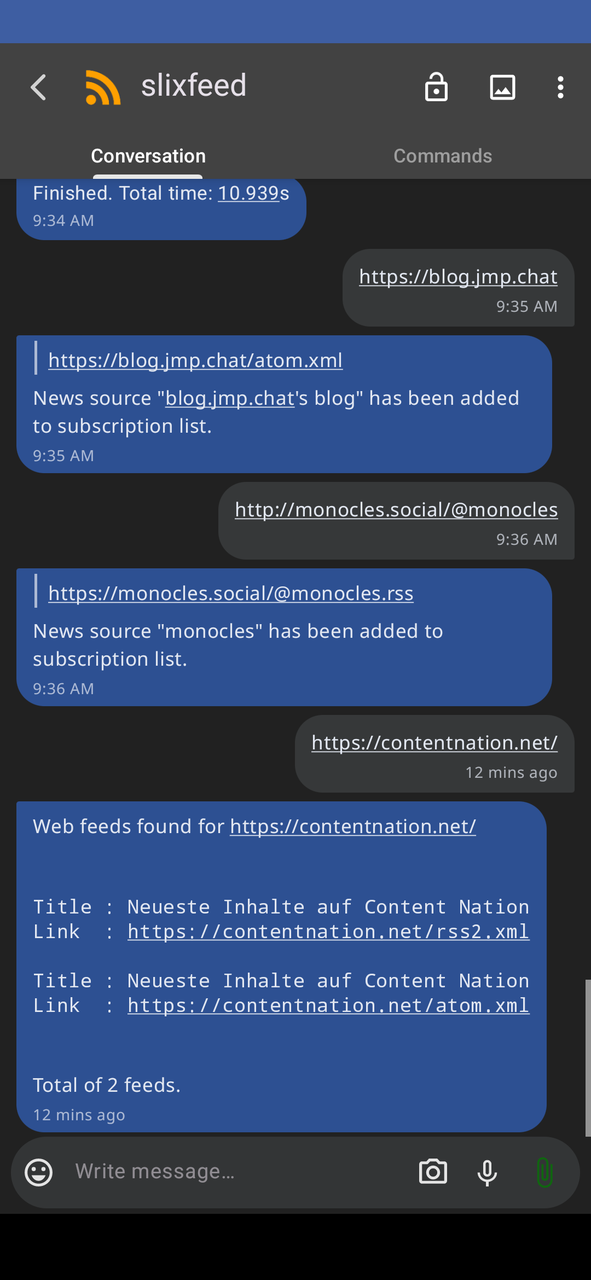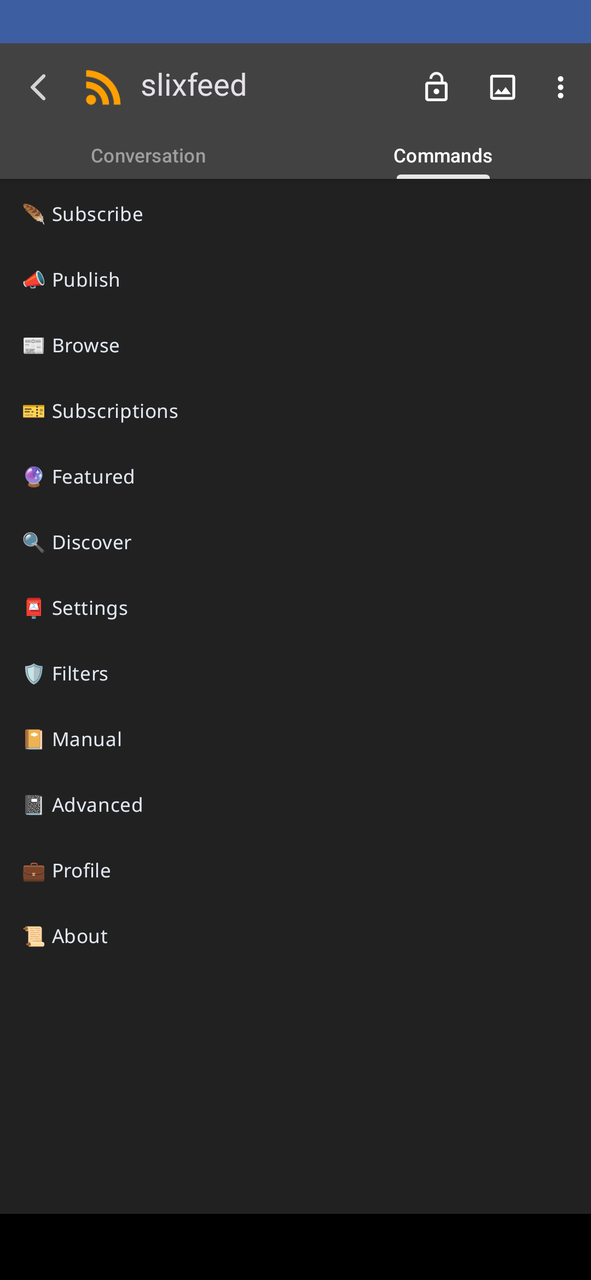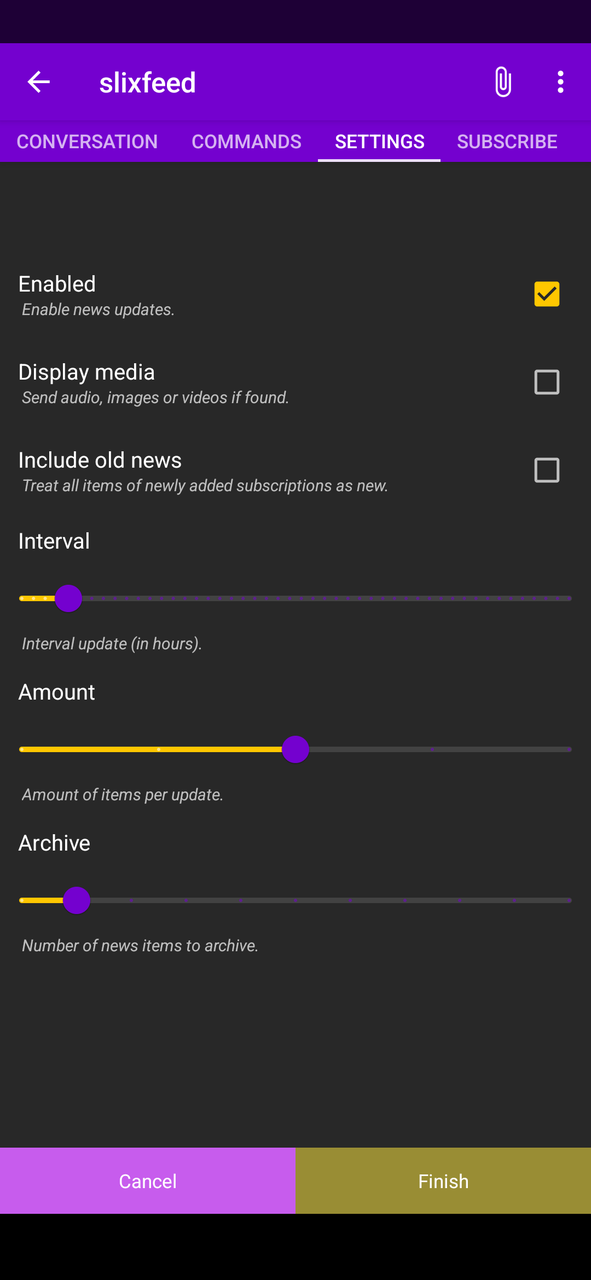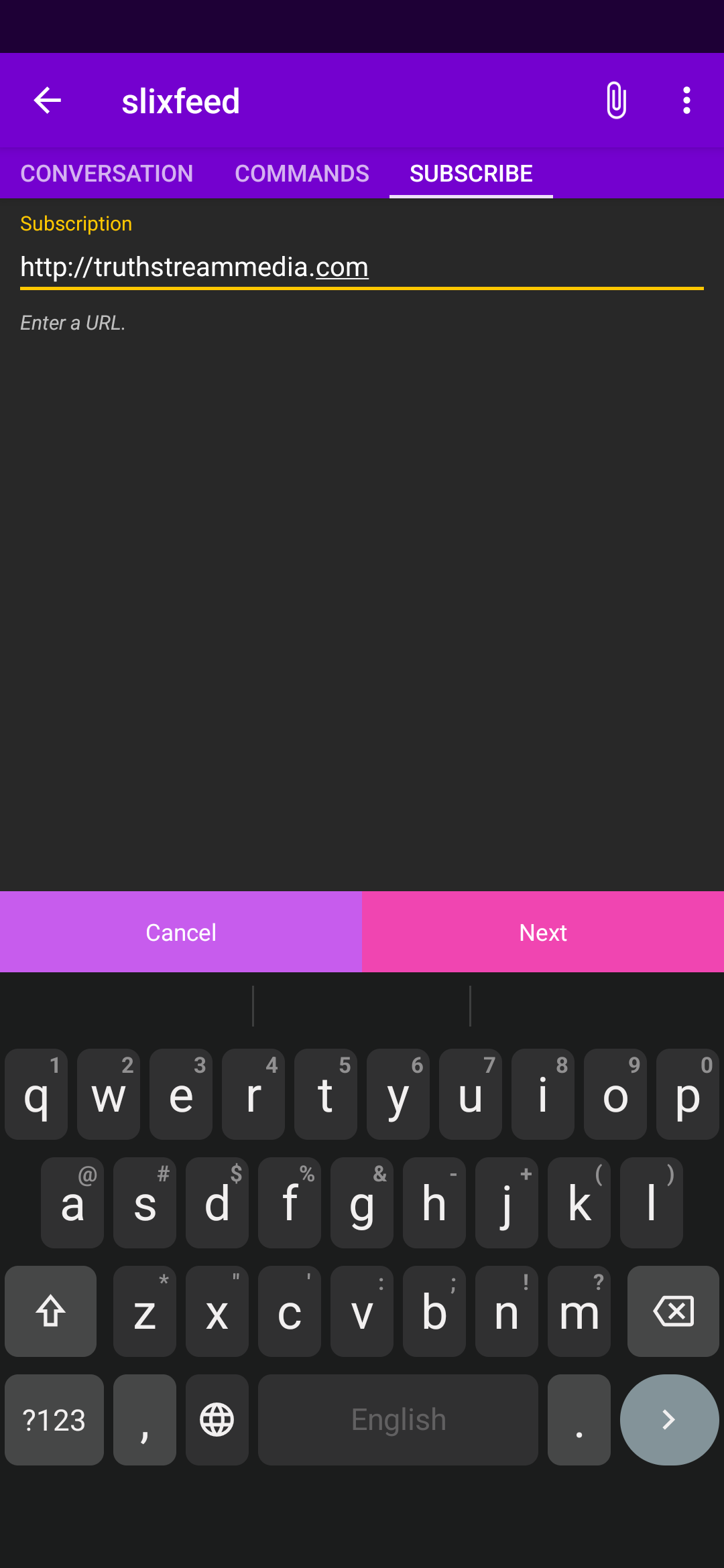Good day!
This post suggests to consider to build software as background software
(sometimes referred to as so-called "daemon" or "server") and build, in addition
to it, a companion software, which would be utilized as an interface to the
background software.
Background mode
Some software have a good interface, be it command line, console or graphical,
and some software have a good core, and some software have both.
Sometimes, new modules (sometimes referred to as "libraries" so-called), are
created and replaced by older modules.
For example, the XMPP chat client software PyTalk
and Speeue are both based on the Python
module xmpppy; PyTalk offers a Qt interface,
and Speeqe offers an HTML interface to interact with people who desire to
communicate via the XMPP communication network.
The module xmpppy is built for version 2 of the computer language Python, which
was replaced in favour of the version 3 of the computer language Python, and is
not present on most systems nowadays.
By all means, this does not mean that PyTalk and Speeqe are obsolete, but it
does mean that restructure of these software be required in order to easily
deploy them on most systems.
Yet, if Speeqe and PyTalk would have been built into a couple or triple of
components (e.g. core, background, and interface), both would have been usable
on most systems, even today, provided that the background software be rebuilt or
redesigned with a more current module (e.g.
Slixmpp) instead of xmpppy.
BitTorrent clents as an example
It is interesting, that BitTorrent software, such as qBittorrent, RTorrent and
Transmission, to name just a few, tend to be modular, and are often provided in
several forms of background, console and graphical interfaces, and the core is
the library that each utilizes to communicate in the protocol BitTorrent.
A common functionality, that BitTorrent clients have, is remote control, usually
via the the protocols HTTP and XMPP.
There is a variaty of advantages that are realized when background components
are made available, one of which is the facilitation of adding functionality for
remote control.
Music On Console
Another instance, is MOC (Console audio player),
which, despite its title, it is compartmentalized into a triple of complonents,
a background process, a command-line interface and a console interface to
visually interact with it.
Conclusion
Building software in several modes with, at least, background and interface, is
a basic and yet crucial consideration in order to ensure the sustainability
and independency of projects, and not to be relied on the whims of a toolkit
lord.
Best regards,
Schimon



